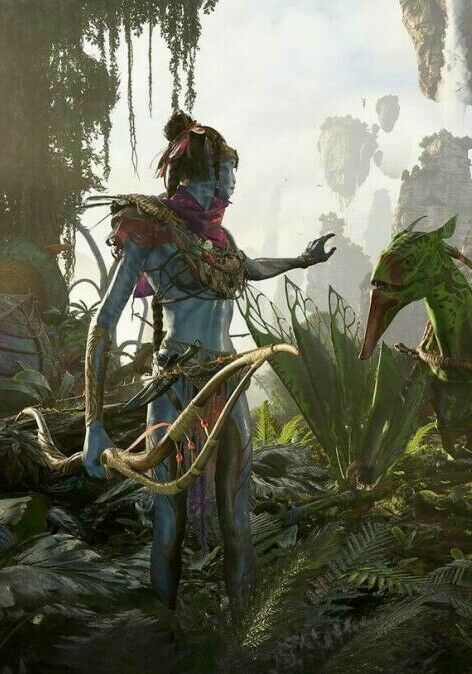If you can be sure about anything about Turkish-American Emmy-nominated composer, conductor and performer Pinar Toprak, it’s that she’s gonna shoot her shot. Moving to L.A. aged 17 after being told a Turkish woman would never make it as a film composer, (and speaking very limited English at the time), she soon manoeuvred herself into a job at Hans Zimmer’s offices with the sole aim of working with him, quickly becoming his protégé.
Fast forward to present day and Toprak is known for her work on everything from writing and producing music for Christina Aguilera’s 2019 Xperience Live Show in Las Vegas, conducting Billie Eilish's performance of No Time To Die at the 2022 Oscars ceremony, to scoring Captain Marvel to Fortnite – the latter two projects which incidentally make her the first female composer to score both a film and video game with gross revenues of over $1 billion and $5 billion, respectively. Her most recent projects are no less diverse: new Netflix body-swap film Family Switch and the open world game Avatar: Frontiers of Pandora.
With a diverse and rich portfolio that also includes Justice League and DC’s Stargirl, Toprak has proven herself as a force to be reckoned with in the world of film, television and gaming composition. Although it’s not just superhero blockbusters that she aligns herself with. In new Netflix film, Family Switch, a family descends into chaos days before Christmas when a rare cosmic event causes the parents to swap bodies with their teenage kids. The film stars The Hangover’s Ed Helms and in a return to body-swap form, Jennifer Garner.
“There is a little bit of a homage to 13 Going on 30,” acknowledges Toprak with a smile from her home in L.A. “[Body-swap movies] are always really fun, and what really attracted me to the project is director, McG. I've been a huge fan of his and to get the chance to work with him was an absolute blast. He treats music so well. He's so knowledgeable and we had a lot of laughs.”





